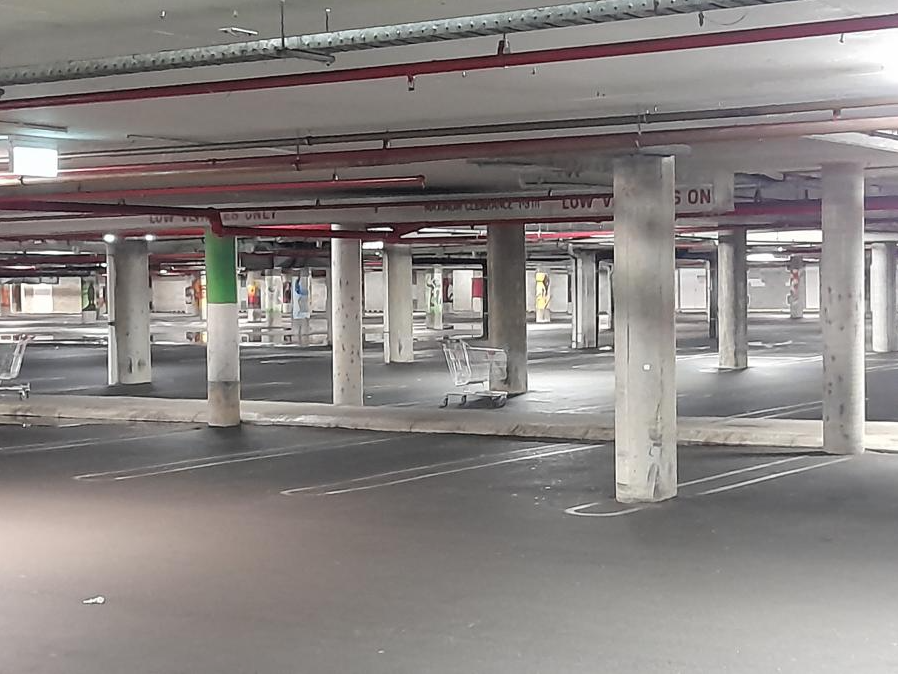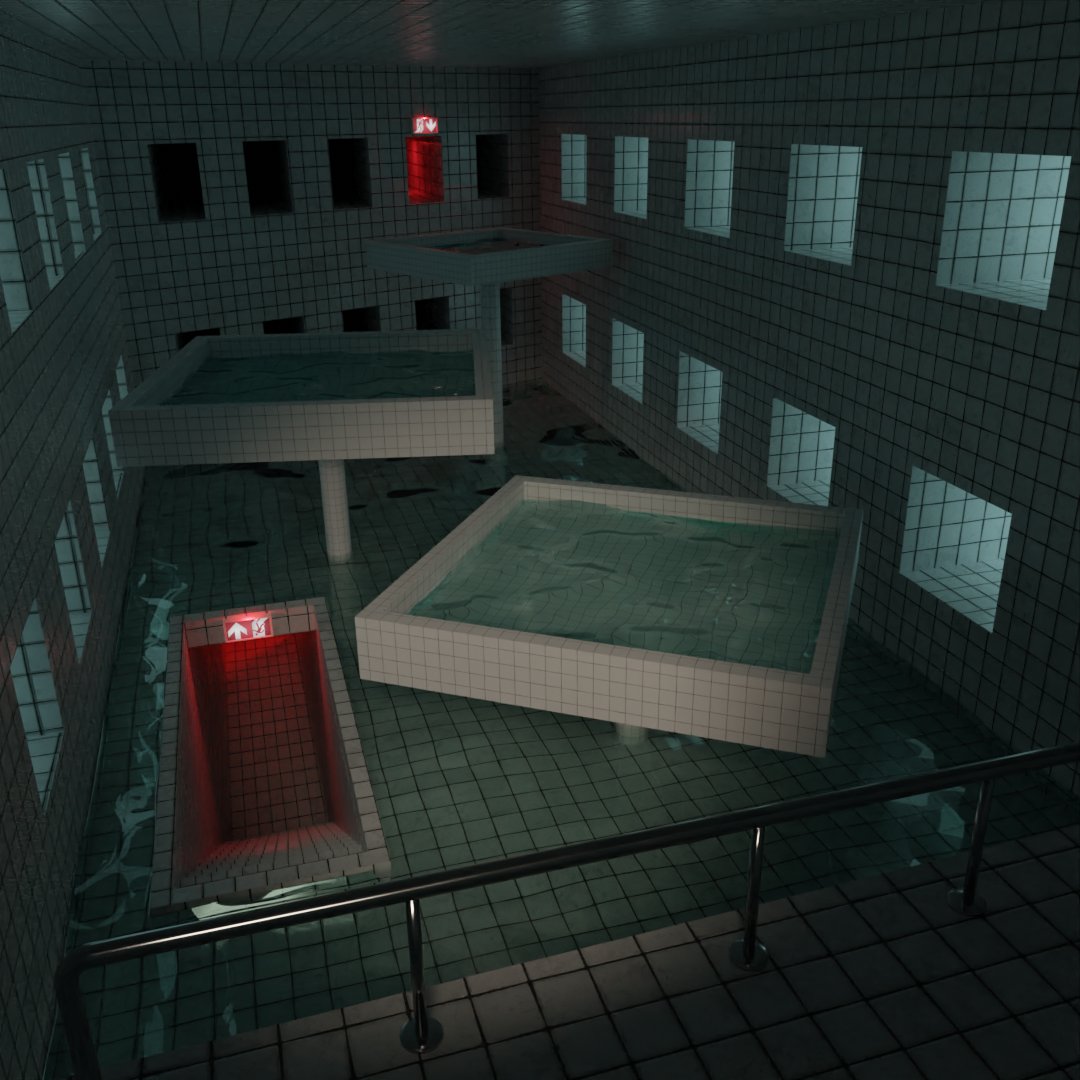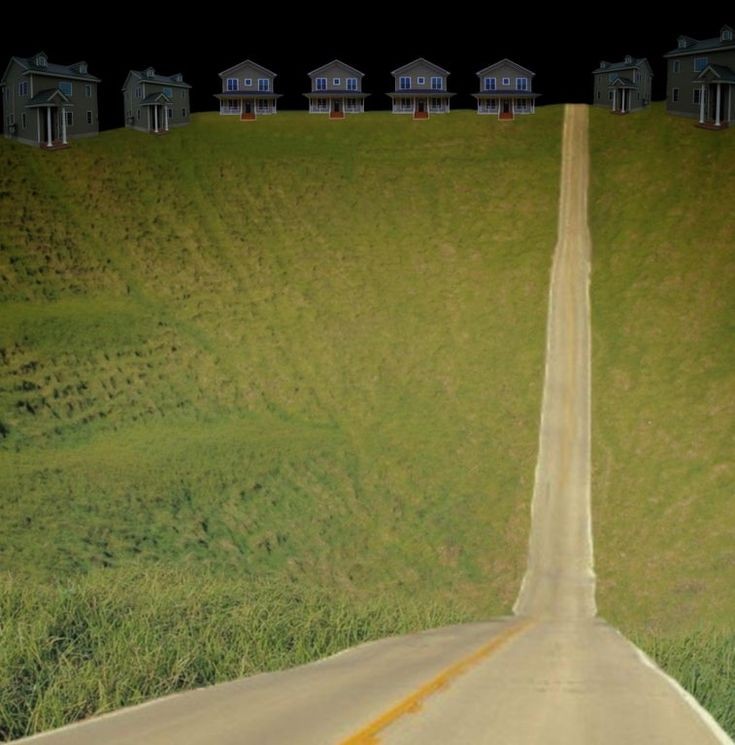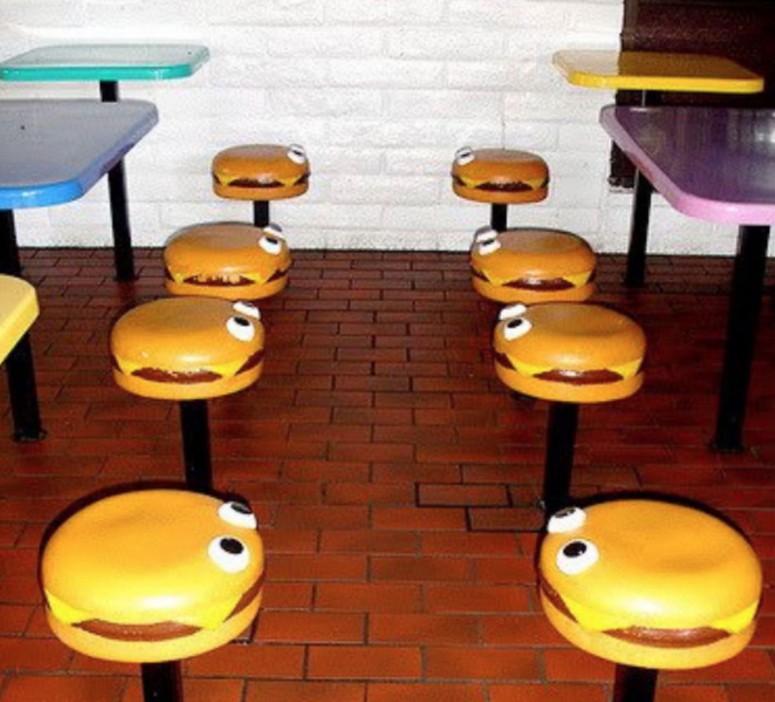
“In the universe, there are things that are known, and things that are unknown, and in between them, there are doors.” William Blake’s oft-quoted sentiment has been applied to everything from hospital waiting rooms to spiritual awakenings, but what it most accurately describes is that tricky notion of ‘liminal space’. In recent years liminal space has become something of a buzzword in the worlds of art, culture and design, used to summarise the edgelands of a city or a dead-end at the top of a stairwell.
In turn, the growth in popularity of the phrase has left it verging on the humorously absurd through its overuse. A multi-storey car park? That’s liminal space. A cruise ship bar: so liminal. In the last three years, ‘liminal space’ has been used in The Guardian to refer variously to the Midlands, Hong Kong, and intergenerational trauma. The phrase appears more than 30 times in the London Review of Books archive. And a recent Gawker article scathingly reflected that, in a new genre of hybrid essay/memoir about mental illness, “the word ‘liminal’ will feature at least once.”
This tongue-in-cheek tipping point for ‘liminal space’ is reflected by the Liminal Space Twitter account, which was started in August 2020 and now has more than 1.2 million followers. It draws its source imagery (auto-posted twice a day) from the Liminal Space Reddit page, started in 2019, where users post images of spaces that they deem ‘liminal’. Long corridors, novelty barstools, artificially lit paths at night, playgrounds, doors that open to nowhere and underground car parks all feature, as well as televisions tuned to white noise and the tiled corner of a public bathroom. Many have been retweeted thousands of times.
“Long corridors, novelty barstools, artificially lit paths at night, playgrounds, doors that open to nowhere and underground car parks all feature”
“Trip on the verge of reality”, reads the bio of the Liminal Space Twitter account. It is an evocative turn of phrase, combining the surreal atmosphere of a David Lynch dream sequence with the dystopian visions of JG Ballard. Yet the reality of many of the images shared on the page seems firmly rooted in something closely resembling our own. Is there anything truly disconcerting about the deserted aisle of a supermarket or a beach towel blowing softly in the wind? It is a contentious point, and one that is not easily resolved. What, really, does liminal space actually mean?

The Twitter responses to one image, which showed a set of old-fashioned desktop computers in a public library, was quick to draw the ire of users. “I think liminal spaces has come to mean ‘things we vaguely remember as being exciting in our very specific early childhoods of the 80s and 90s’,” one commented. “i feel like u guys slap a filter on a picture and call it liminal”, another said. “You’ve gone too far Liminal Spaces, I can defend you no more”. Others noted that you could almost smell the image, with the worn books, computers and dusty carpets evoking a recent past for many, and a route back to their younger years: “this is, like, the exact opposite of unsettling to me. this is settling. i can smell this picture. i can hear it.”
“They are caught between past and present, and what could be more liminal than that?”
It is the nostalgic angle of images such as these that arguably jars with their so-called ‘liminal’ nature, whereby supposedly unremarkable, overlooked or forgotten places are given new significance simply through the passing of time. Just as an everyday artefact from ancient history takes on new significance in the modern day, so do these unearthed images of otherwise neutral spaces take on an almost ghostly quality. This haunted appearance, rather than the original elements of their design imbues them with something close to liminality. They are caught between past and present, and what could be more liminal than that?

The popularity of the visuals of the Liminal Space Twitter page, which date largely from the 1990s and early 2000s, chimes with a resurgence of interest in these periods, and particularly with noughties culture. “Like It or Not, Gaudy Y2K Style Is Roaring Back,” read a Vogue headline in summer 2021. Low-cut jeans and visible thongs are making a comeback, they pointed out. Lava lamps, retro teen bowling alleys and neon lights all hold a strong presence on Liminal Space, as does dated technology from computers to mobile phones, the chunkier the better.
There is an undoubtedly eerie quality to the visuals of Liminal Space, coupled with a gleeful recognition of the absurd fault lines of the build environment. At its heart it points to spaces and moments in time that would otherwise pass most of us by, and reveals a curious affection for the outdated, the outmoded, and the ridiculous. Liminal Space highlights that modernity is never modern for long. As its Reddit bio reads: “A liminal space is the time between the ‘what was’ and the ‘next.’ It is a place of transition, waiting, and not knowing.”
Louise Benson is Elephant’s deputy editor
Contemporary Classics
From memes to music, emojiis to entertainment, Elephant explores the intersection between pop culture and art
EXPLORE NOW








